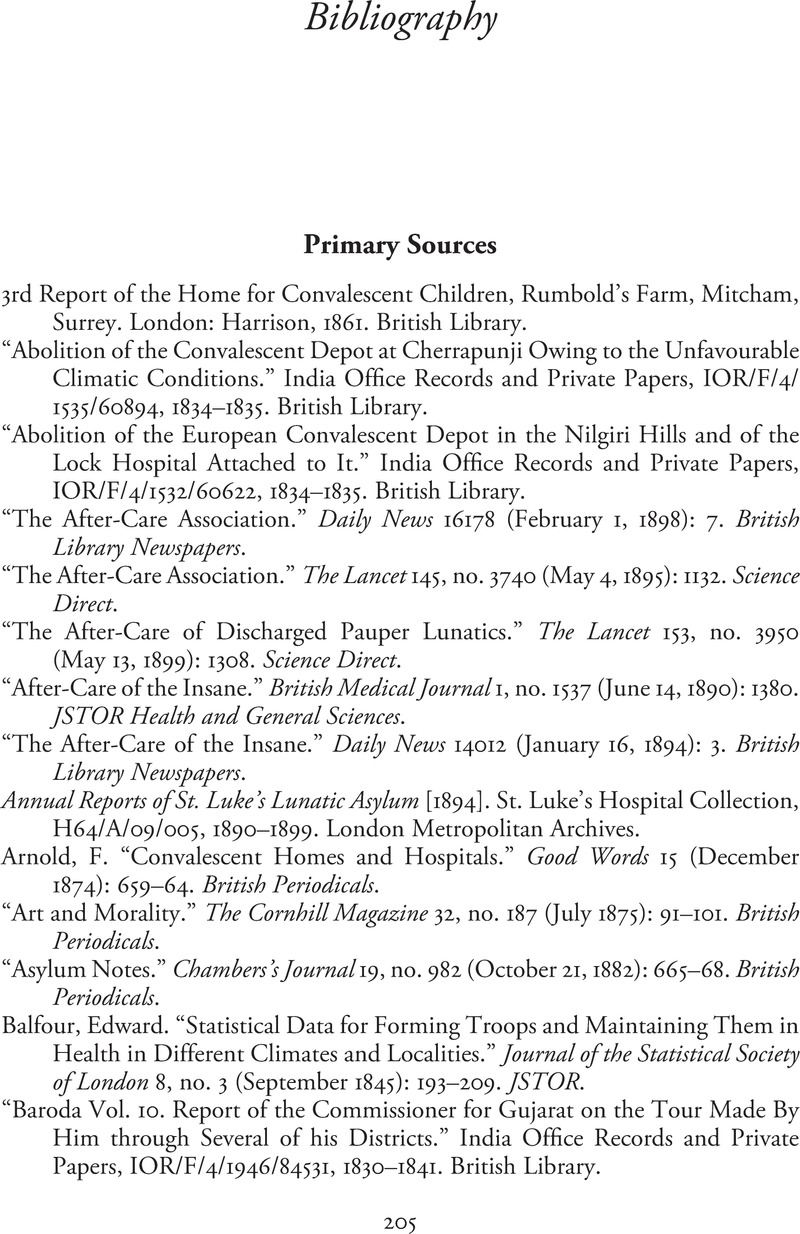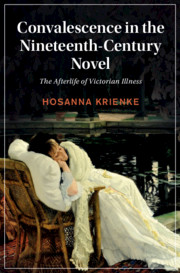Book contents
- Convalescence in the Nineteenth-Century Novel
- Cambridge Studies in Nineteenth-Century Literature and Culture
- Convalescence in the Nineteenth-Century Novel
- Copyright page
- Dedication
- Contents
- Acknowledgments
- Introduction Convalescent Time
- Chapter 1 Convalescence and the Working Class
- Chapter 2 Spiritual Convalescence
- Chapter 3 Novel Reading as Convalescence
- Chapter 4 Convalescence and Mental Illness
- Chapter 5 Imperial Convalescence
- Conclusion Convalescent Futures
- Notes
- Bibliography
- Index
- Cambridge Studies in Nineteenth-Century Literature and Culture
- References
Bibliography
Published online by Cambridge University Press: 24 May 2021
- Convalescence in the Nineteenth-Century Novel
- Cambridge Studies in Nineteenth-Century Literature and Culture
- Convalescence in the Nineteenth-Century Novel
- Copyright page
- Dedication
- Contents
- Acknowledgments
- Introduction Convalescent Time
- Chapter 1 Convalescence and the Working Class
- Chapter 2 Spiritual Convalescence
- Chapter 3 Novel Reading as Convalescence
- Chapter 4 Convalescence and Mental Illness
- Chapter 5 Imperial Convalescence
- Conclusion Convalescent Futures
- Notes
- Bibliography
- Index
- Cambridge Studies in Nineteenth-Century Literature and Culture
- References
Summary

- Type
- Chapter
- Information
- Convalescence in the Nineteenth-Century NovelThe Afterlife of Victorian Illness, pp. 205 - 220Publisher: Cambridge University PressPrint publication year: 2021

